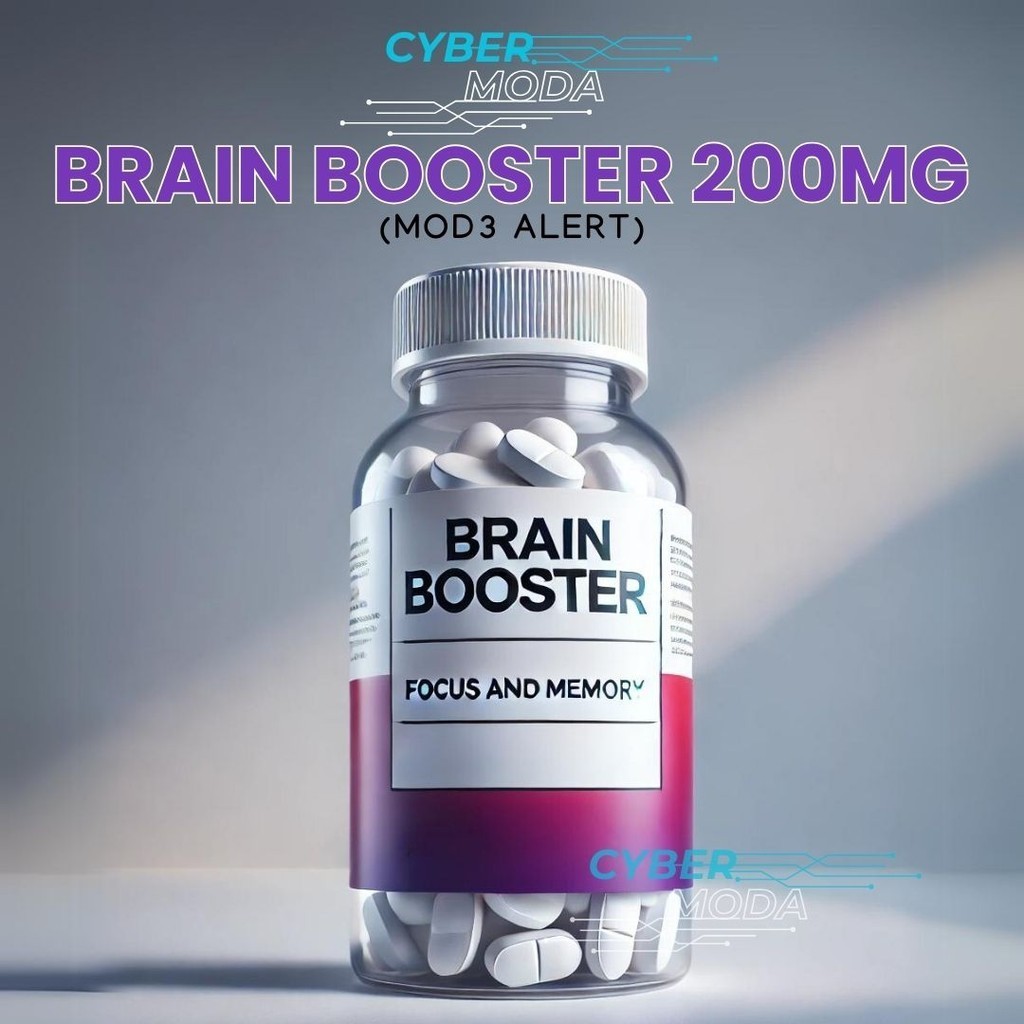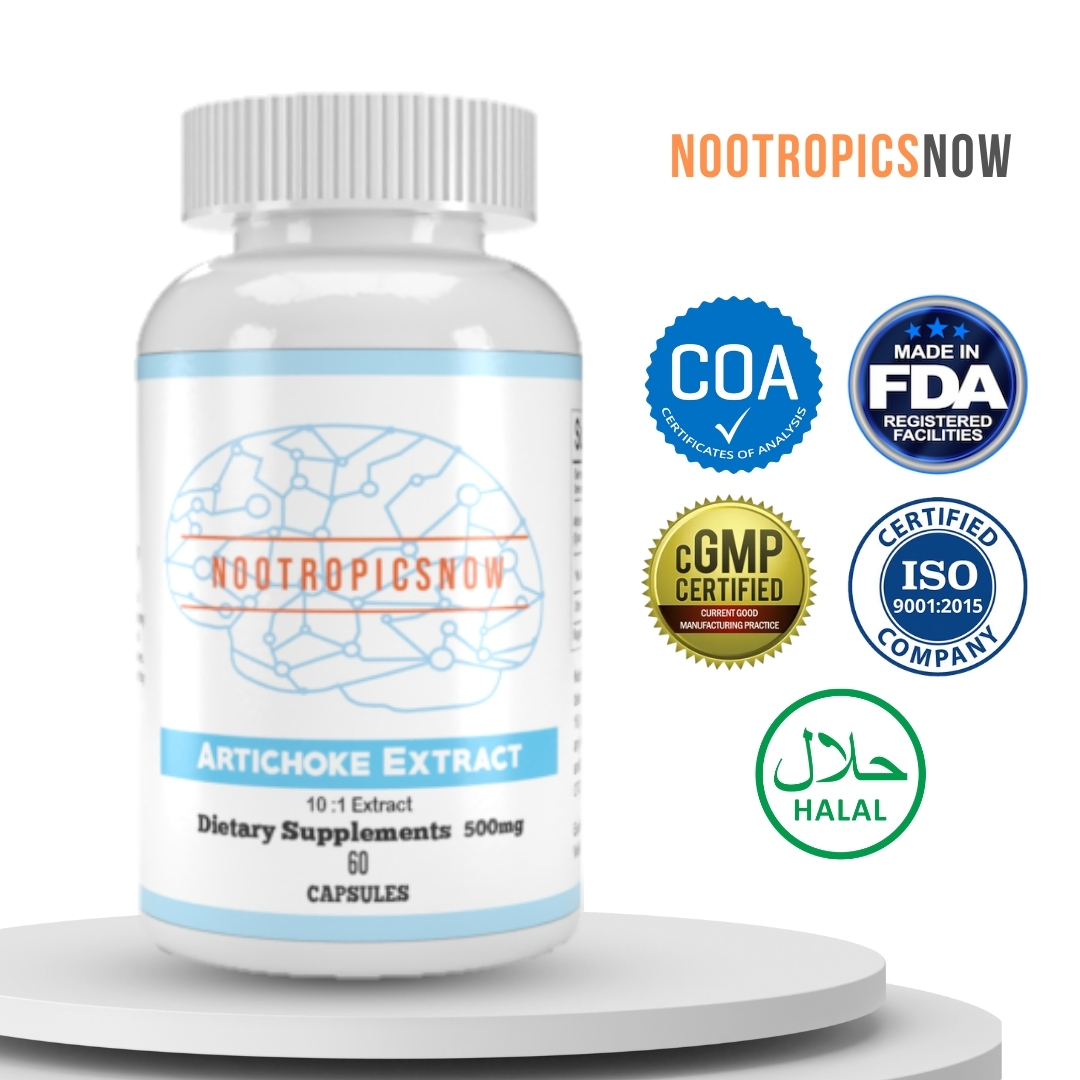Atomoxetine Side Effects: What You Need to Know

Adverse Effects of Atomoxetine
Atomoxetine, a selective norepinephrine reuptake inhibitor (SNRI) marketed primarily under the brand name Strattera, stands as a non-stimulant medication frequently prescribed for the management of Attention Deficit Hyperactivity Disorder (ADHD). Despite its effectiveness in alleviating ADHD symptoms, atomoxetine is associated with a range of potential adverse effects that patients and healthcare providers should be aware of. Understanding these effects is critical for informed decision-making and proactive management of potential health risks. This section provides a detailed overview of the adverse effects of atomoxetine, categorized by severity and frequency, to provide a comprehensive understanding of what patients may experience during treatment.
Common Adverse Effects of Atomoxetine
The most frequently reported adverse effects of atomoxetine tend to be mild to moderate in severity and often diminish with continued use. However, being cognizant of these potential issues is important for patients initiating atomoxetine therapy. Here’s a detailed look at some common side effects:
Gastrointestinal Disturbances: Nausea is a prevalent side effect, particularly during the initial weeks of treatment. This often accompanies reduced appetite, leading to weight loss, particularly in children and adolescents. Constipation can also occur, more commonly in adults. These gastrointestinal issues are often transient and can be managed through dietary adjustments and over-the-counter remedies. However, persistent or severe symptoms warrant consultation with a healthcare professional.
Dry Mouth: Many individuals taking atomoxetine report experiencing dry mouth (xerostomia). This can increase the risk of dental problems and discomfort. Staying adequately hydrated, using sugar-free gum or lozenges, and maintaining good oral hygiene can help manage this side effect.
Dizziness and Lightheadedness: Atomoxetine can cause dizziness or lightheadedness, especially when standing up quickly. This is related to its effect on blood pressure and circulation. Patients should rise slowly from sitting or lying positions to minimize this effect. Persistent or severe dizziness should be reported to a healthcare provider.
Headaches: Headaches are a common side effect, especially early in treatment. These are typically mild and resolve with continued use or over-the-counter pain relievers. However, persistent or severe headaches should be evaluated by a healthcare professional to rule out other causes.
Sleep Disturbances: While atomoxetine is not a stimulant, it can affect sleep patterns. Some individuals experience insomnia, particularly at the beginning of treatment. Others may find that it causes drowsiness or fatigue. It is often recommended to take the medication in the morning to minimize sleep disturbances. If insomnia persists, sleep hygiene strategies or a change in medication timing may be helpful. Consider exploring natural sleep aids:

View Product
Emotional and Mood Changes: Some individuals report experiencing mood swings, increased irritability, anxiety, or feelings of depression. Children and adolescents are especially vulnerable to these emotional changes. Careful monitoring and prompt consultation with a healthcare provider are crucial if such symptoms arise, as they may indicate a more serious underlying issue.
Decreased Libido and Sexual Dysfunction: In adults, atomoxetine can cause a decrease in libido or other forms of sexual dysfunction, such as erectile dysfunction or difficulty reaching orgasm. These side effects can be distressing and affect quality of life. Discussions with a healthcare provider are important to explore options for managing these sexual side effects, which may include dose adjustments or alternative medications. For supporting male health, consider:

View Product
Less Common, but Notable Adverse Effects
While not as frequently observed as the side effects mentioned above, these adverse effects still merit attention due to their potential impact on health and well-being.
Increased Sweating: Some patients experience increased sweating (hyperhidrosis) while taking atomoxetine. This can be a source of discomfort and may require the use of antiperspirants or other management strategies.
Urinary Retention: Although rare, some individuals may experience difficulty urinating or urinary retention. This requires prompt medical attention to avoid complications.
Muscle Cramps: Muscle cramps have been reported in some users of atomoxetine. Maintaining adequate hydration and electrolyte balance may help to prevent or alleviate these cramps.
Skin Reactions: Atomoxetine can cause skin reactions in some individuals, ranging from mild rashes to more severe allergic reactions. Any unusual skin changes should be reported to a healthcare provider promptly.
Serious Adverse Effects Requiring Immediate Attention
Although rare, certain severe adverse effects associated with atomoxetine necessitate immediate medical intervention. Awareness of these potential risks is critical for ensuring patient safety.
Suicidal Thoughts and Behaviors: Atomoxetine carries a black box warning from the FDA regarding an increased risk of suicidal thoughts and behaviors in children and adolescents, particularly during the initial months of treatment or when the dosage is altered. Parents and caregivers should closely monitor young patients for any signs of depression, suicidal ideation, or unusual behavioral changes. If these signs occur, immediate consultation with a healthcare provider or mental health professional is crucial.
Liver Damage (Hepatotoxicity): Atomoxetine can cause liver damage in rare cases. Signs and symptoms of liver problems include jaundice (yellowing of the skin or eyes), dark urine, pale stools, abdominal pain, nausea, vomiting, and fatigue. If any of these symptoms develop, atomoxetine should be discontinued immediately, and the patient should seek urgent medical attention. Consider liver support supplements:

View Product
Cardiovascular Effects: Atomoxetine can elevate blood pressure and heart rate, potentially increasing the risk of cardiovascular events, particularly in individuals with pre-existing heart conditions. Before starting atomoxetine, patients should undergo a thorough cardiovascular evaluation. Regular monitoring of blood pressure and heart rate during treatment is recommended. Any chest pain, shortness of breath, palpitations, or other cardiovascular symptoms should be promptly evaluated.
Serious Allergic Reactions (Anaphylaxis): Although uncommon, serious allergic reactions to atomoxetine can occur. Symptoms of anaphylaxis include difficulty breathing, swelling of the face, lips, tongue, or throat, hives, and loss of consciousness. Anaphylaxis requires immediate medical intervention with epinephrine and supportive care.
Priapism: Priapism, a prolonged and painful erection lasting more than four hours, is a rare but serious side effect of atomoxetine. Untreated priapism can lead to permanent damage to the penis. Patients experiencing this side effect should seek immediate medical attention.
Neuroleptic Malignant Syndrome (NMS): Although extremely rare with atomoxetine alone, the risk increases when combined with other medications. NMS is a life-threatening neurological disorder characterized by fever, muscle rigidity, altered mental status, and autonomic dysfunction. Immediate medical intervention is required.
Long-Term Considerations
The long-term effects of atomoxetine on growth and development in children and adolescents are still being studied. Some research suggests that atomoxetine may slow growth velocity in some children. Regular monitoring of height and weight is recommended during long-term treatment with atomoxetine.
Drug Interactions
Atomoxetine can interact with several medications, potentially altering their effectiveness or increasing the risk of side effects. It’s essential to provide a complete medication history to the prescribing physician, including over-the-counter medications, herbal supplements, and other substances. Key drug interactions include:
MAOIs (Monoamine Oxidase Inhibitors): Atomoxetine should not be used concurrently with MAOIs due to the risk of severe and potentially fatal adverse reactions.
CYP2D6 Inhibitors: Medications that inhibit the CYP2D6 enzyme (e.g., paroxetine, fluoxetine, quinidine) can increase atomoxetine levels in the blood, potentially leading to increased side effects. Dosage adjustments may be necessary.
Albuterol: When atomoxetine is combined with albuterol, the cardiovascular effects (increased heart rate, blood pressure) may be magnified. Caution is advised.
Monitoring and Management
Effective management of atomoxetine-related adverse effects involves careful monitoring, patient education, and timely intervention. The following steps are crucial:
Baseline Assessment: Before initiating atomoxetine, obtain a comprehensive medical history, including cardiovascular risk factors, liver function, and mental health history.
Regular Monitoring: Monitor blood pressure, heart rate, height, weight, and liver function regularly during treatment.
Patient Education: Educate patients and their families about the potential side effects of atomoxetine and the importance of reporting any unusual symptoms promptly.
Dose Adjustment: Adjust the dosage of atomoxetine based on individual response and tolerance.
Symptomatic Treatment: Manage common side effects with appropriate symptomatic treatments, such as antiemetics for nausea, stool softeners for constipation, and over-the-counter pain relievers for headaches.
Discontinuation: If serious or intolerable side effects occur, consider discontinuing atomoxetine under the guidance of a healthcare provider.
Special Populations
Certain populations require special consideration when using atomoxetine:
Children and Adolescents: Closely monitor for suicidal thoughts and behaviors, growth suppression, and emotional changes.
Adults: Be aware of potential cardiovascular effects, sexual dysfunction, and liver problems.
Pregnant and Breastfeeding Women: The safety of atomoxetine during pregnancy and breastfeeding is not well-established. Weigh the potential benefits against the risks before using atomoxetine in these populations.
Conclusion
Atomoxetine is an effective non-stimulant option for managing ADHD symptoms. However, it is essential to be aware of the potential adverse effects. By understanding these risks and implementing appropriate monitoring and management strategies, healthcare providers can help patients maximize the benefits of atomoxetine while minimizing the potential for harm. Open communication between patients, families, and healthcare providers is crucial for optimizing treatment outcomes and ensuring patient safety.
Adverse Effects of Atomoxetine
Atomoxetine, sold under the brand name Strattera among others, represents a non-stimulant option for managing Attention-Deficit/Hyperactivity Disorder (ADHD). It differentiates itself from traditional stimulants, offering an alternative mechanism of action. However, like all medications, atomoxetine carries the potential for adverse effects. Understanding these effects is paramount for patients, caregivers, and healthcare professionals to make informed decisions about its use.
Common Adverse Effects
These side effects are more frequently reported and often resolve with continued treatment or dose adjustments. It is crucial to communicate any persistent or bothersome symptoms to your healthcare provider.
Gastrointestinal Disturbances:
Nausea stands as a frequently encountered side effect, primarily during the initial stages of treatment. Its prevalence tends to diminish as the body adapts to the medication.
Vomiting, albeit less common than nausea, can occur, particularly when starting atomoxetine or increasing the dosage. Proper hydration is crucial in such cases.
Dry mouth, also known as xerostomia, is experienced by many patients taking atomoxetine. It can contribute to discomfort and potentially impact dental health. Staying adequately hydrated and using sugar-free gum or candies can help alleviate this symptom.
Constipation may affect some individuals, especially adults, taking atomoxetine. Increased fiber intake, adequate hydration, and regular physical activity can help mitigate constipation. In some instances, a mild laxative might be necessary, but consult a healthcare provider first.
Abdominal pain, sometimes described as stomach upset or discomfort, is reported by some individuals. Taking atomoxetine with food might help reduce this side effect.
Appetite Changes:
Decreased appetite is a common adverse effect, especially observed in children and adolescents. This can contribute to weight loss if not properly monitored. Encourage regular meals and nutrient-dense foods, even if appetite is reduced.
Weight loss can stem from reduced appetite and might necessitate dietary adjustments or even temporary cessation of the medication, especially in children. Monitoring weight regularly is crucial to address any significant deviations from the expected growth curve.
Cardiovascular Effects:
Increased blood pressure is possible, and monitoring is recommended, especially for individuals with pre-existing hypertension. Regular blood pressure checks are essential during atomoxetine therapy.
Increased heart rate can also occur, potentially leading to palpitations or discomfort. Individuals with pre-existing heart conditions should be monitored carefully.
Central Nervous System Effects:
Dizziness is sometimes reported, potentially arising from atomoxetine’s impact on blood pressure or overall neurological function. Taking caution when rising from a seated or lying position can minimize the risk of dizziness.
Headache is a relatively common side effect, generally mild and transient. Over-the-counter pain relievers might provide relief.
Sleep Disturbances:
Insomnia, characterized by difficulty initiating or maintaining sleep, is a possible side effect. Strategies for promoting good sleep hygiene, such as maintaining a consistent sleep schedule and creating a relaxing bedtime routine, might be beneficial.
Somnolence, or drowsiness, can also occur, mainly during the initial phase of treatment. It is important to assess its impact on daily functioning and adjust the timing of the dose if necessary.
Mood and Behavioral Changes:
Irritability can manifest in some individuals, particularly children and adolescents. Monitoring behavioral changes and communicating them to the healthcare provider is essential.
Anxiety might also be exacerbated or newly emerge as a side effect of atomoxetine. If anxiety becomes problematic, appropriate intervention strategies, such as cognitive-behavioral therapy, should be considered.
Genitourinary Effects:
Difficulty urinating, especially in adults, might be encountered. Prompt evaluation is warranted if this symptom is bothersome or persistent.
Menstrual changes, such as irregularities, have been reported. While generally not serious, monitoring and communication with a healthcare provider are advisable.
Sexual dysfunction, including decreased libido or erectile dysfunction, is possible, particularly in adult males. Discussing these concerns openly with a healthcare provider is essential.
Serious Adverse Effects
These adverse effects are less common but necessitate immediate medical attention. Prompt recognition and management are crucial to preventing severe outcomes.
Suicidal Ideation:
Increased risk of suicidal thoughts or behaviors is a crucial consideration, especially in children, adolescents, and young adults. Careful monitoring for changes in mood, thoughts, or behaviors is essential, particularly when initiating treatment or adjusting the dosage. A black box warning highlights this risk.
Immediate reporting of any suicidal thoughts or behaviors to a healthcare provider or mental health professional is paramount.
Hepatotoxicity:
Liver damage, also known as hepatotoxicity, is a rare but severe adverse effect. Prompt recognition and management are vital to preventing liver failure.
Symptoms of liver damage include jaundice (yellowing of the skin or eyes), dark urine, pale stools, abdominal pain, nausea, vomiting, and fatigue. If these symptoms arise, immediate discontinuation of atomoxetine and evaluation by a healthcare provider are necessary.
Liver function tests can assist in diagnosing and assessing the extent of liver damage.
Cardiovascular Events:
Increased risk of serious cardiovascular events, such as heart attack or stroke, is a concern, especially in individuals with pre-existing heart conditions.
Individuals with a history of heart disease, high blood pressure, or other cardiovascular risk factors should undergo careful evaluation before initiating atomoxetine treatment.
Symptoms of a cardiovascular event include chest pain, shortness of breath, dizziness, fainting, and weakness on one side of the body. Immediate medical attention is warranted if these symptoms occur.
Severe Allergic Reactions:
Anaphylaxis, a severe and potentially life-threatening allergic reaction, is possible, though rare.
Symptoms of anaphylaxis include hives, itching, swelling of the face, tongue, or throat, difficulty breathing, and dizziness. Immediate administration of epinephrine (EpiPen) and emergency medical attention are crucial.
Priapism:
Prolonged and painful erection (priapism) is a rare but serious side effect that requires immediate medical attention.
Untreated priapism can lead to permanent damage to the penis.
Neuropsychiatric Symptoms:
Aggression, hostility, and psychosis are rare but possible neuropsychiatric symptoms. Close monitoring for any significant changes in behavior or mental state is crucial.
Immediate evaluation by a mental health professional is warranted if these symptoms occur.
Drug Interactions
Atomoxetine can interact with other medications, potentially altering their effects or increasing the risk of adverse effects. It is crucial to inform your healthcare provider of all medications, supplements, and herbal products you are taking.
MAO Inhibitors: Concomitant use of atomoxetine with monoamine oxidase inhibitors (MAOIs) is contraindicated due to the risk of serious and potentially fatal adverse effects.
CYP2D6 Inhibitors: Medications that inhibit the CYP2D6 enzyme, such as paroxetine, fluoxetine, and quinidine, can increase atomoxetine levels in the body, potentially increasing the risk of side effects. Dosage adjustments might be necessary.
Albuterol: Atomoxetine can potentiate the cardiovascular effects of albuterol, potentially increasing heart rate and blood pressure.
Pressor Agents: Atomoxetine can increase the effects of pressor agents, such as pseudoephedrine, potentially leading to elevated blood pressure.
Special Populations
Certain populations might be at higher risk for specific adverse effects or require special monitoring during atomoxetine treatment.
Children and Adolescents: Careful monitoring for suicidal ideation, growth suppression, and cardiovascular effects is crucial.
Adults: Monitoring for cardiovascular effects, sexual dysfunction, and urinary retention is essential.
Pregnant and Breastfeeding Women: The safety of atomoxetine during pregnancy and breastfeeding is not fully established. The potential risks and benefits should be carefully weighed before initiating treatment.
Individuals with Liver or Kidney Impairment: Dosage adjustments might be necessary in individuals with significant liver or kidney impairment.
Monitoring and Management
Regular monitoring for adverse effects is an integral part of atomoxetine treatment. This includes:
Physical Examinations: Regular assessment of height, weight, blood pressure, and heart rate.
Laboratory Tests: Periodic liver function tests, especially in individuals at risk for hepatotoxicity.
Mental Health Assessments: Monitoring for changes in mood, thoughts, and behaviors.
Communication: Open and honest communication with your healthcare provider about any concerns or symptoms.
Conclusion
Atomoxetine offers a valuable non-stimulant option for managing ADHD, but awareness of its potential adverse effects is paramount. While many side effects are mild and transient, some are serious and necessitate prompt medical attention. By understanding the potential risks, engaging in regular monitoring, and communicating openly with your healthcare provider, you can optimize the benefits of atomoxetine while minimizing the risk of adverse outcomes. It is essential to weigh the potential risks and benefits of atomoxetine on an individual basis, considering factors such as age, medical history, and concomitant medications. Always follow your healthcare provider’s instructions carefully and never adjust the dosage without their guidance.

View Product

View Product

View Product

View Product

View Product

View Product










